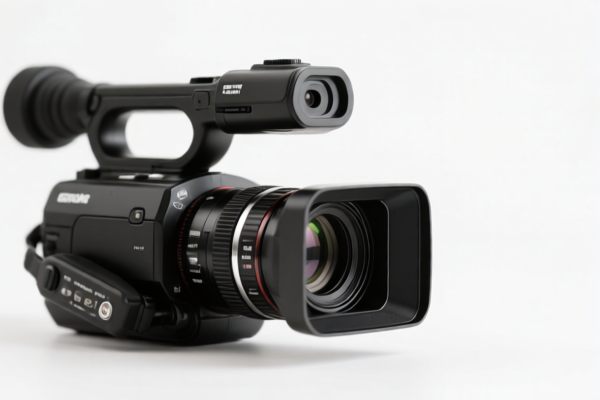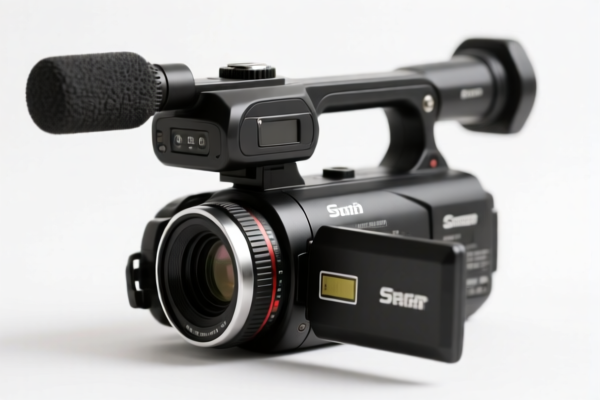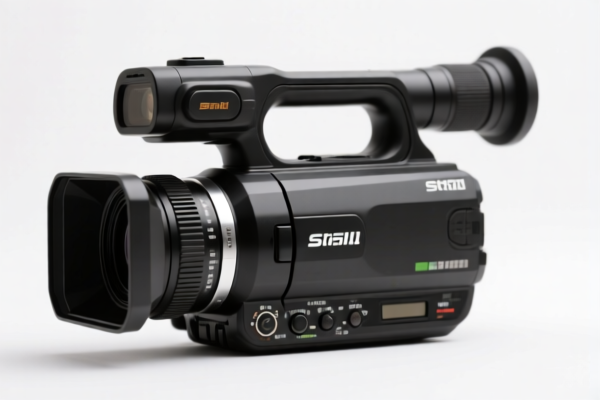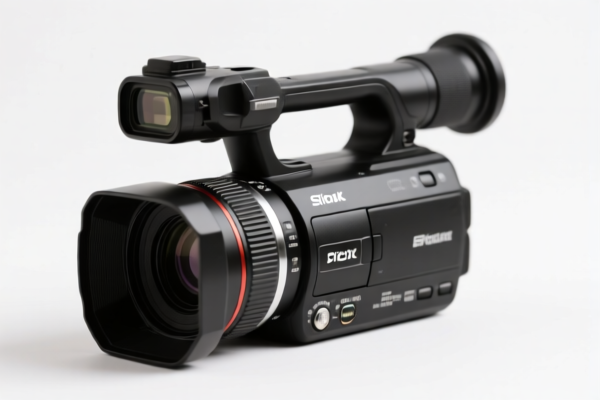| HS Code | Official Doc | Tariff Rate | Origin | Destination | Effective Date |
|---|---|---|---|---|---|
| 8525894000 | Doc | 37.5% | CN | US | 2025-05-12 |
| 8519893000 | Doc | 37.5% | CN | US | 2025-05-12 |
| 8519891000 | Doc | 37.5% | CN | US | 2025-05-12 |
| 9006596000 | Doc | 36.8% | CN | US | 2025-05-12 |
| 9006599100 | Doc | 37.5% | CN | US | 2025-05-12 |




Still Image Video Camera
A still image video camera, commonly referred to as a digital camera or simply camera, is an optomechanical device used to record and store still photographs digitally. While historically distinct from video cameras, modern digital cameras frequently incorporate video recording capabilities, blurring the traditional lines between the two.
Material
Digital cameras are composed of several key material components:
- Body: Typically constructed from polycarbonate, aluminum alloys, or magnesium alloys for durability and weight reduction.
- Lens: Made of high-quality glass elements, often with specialized coatings to minimize aberrations and maximize light transmission.
- Image Sensor: A semiconductor device (typically CCD or CMOS) responsible for converting light into an electronic signal. Silicon is the primary material.
- Processor: Silicon-based integrated circuits that process the image sensor data.
- Display: Liquid Crystal Displays (LCD) or Electronic Viewfinders (EVF) utilizing various materials including glass, polymers, and liquid crystals.
- Battery: Lithium-ion batteries are standard, providing portable power.
- Storage Media: SD cards, CompactFlash cards, or internal memory utilize flash memory technology.
Purpose
The primary purpose of a still image video camera is to capture and store visual information as photographs. Secondary purposes include:
- Video Recording: Many cameras offer video capture at varying resolutions and frame rates.
- Creative Expression: Cameras enable artistic photography and videography.
- Documentation: Recording events, objects, or scenes for record-keeping.
Function
The core function of a digital camera involves several stages:
- Light Gathering: The lens focuses light onto the image sensor.
- Image Sensor Conversion: The sensor converts photons into an electronic signal.
- Analog-to-Digital Conversion (ADC): The analog signal is converted into digital data.
- Image Processing: The processor applies algorithms for noise reduction, color correction, and sharpening.
- Storage: The processed image is compressed and stored on a memory card or internal storage.
- Display: The image is rendered on the LCD screen or EVF for review.
Usage Scenarios
Digital cameras are utilized in a wide range of scenarios:
- Professional Photography: Commercial, editorial, and artistic photography.
- Amateur Photography: Family events, travel, hobbies.
- Journalism: News reporting and documentary photography.
- Scientific Research: Data collection and analysis.
- Surveillance: Security and monitoring.
- Medical Imaging: Specialized cameras for diagnostic purposes.
Common Types
Digital cameras are categorized into several types:
- Compact Cameras (Point-and-Shoot): Small, lightweight, and easy to use, typically with a fixed lens.
- Bridge Cameras: Feature a larger zoom range and more manual controls than compact cameras.
- Mirrorless Interchangeable-Lens Cameras (MILC): Offer interchangeable lenses and advanced features in a compact body.
- Digital Single-Lens Reflex (DSLR) Cameras: Utilize a mirror system for optical viewing and offer a wide range of lenses and accessories.
- Medium Format Cameras: Utilize larger image sensors for higher image quality and detail.
- Action Cameras: Rugged, waterproof cameras designed for capturing action sports and outdoor activities.
- Smartphone Cameras: Integrated cameras in smartphones, offering increasing image quality and features.
Still image video cameras fall under the category of devices designed for capturing both still photographs and video footage. These cameras are typically used for personal photography, videography, and documentation purposes.
The following HS codes are relevant to still image video cameras, based on the provided information:
- 8525894000: This HS code covers “Transmission apparatus for radio-broadcasting or television, whether or not incorporating reception apparatus or sound recording or reproducing apparatus; television cameras, digital cameras and video camera recorders: Television cameras, digital cameras and video camera recorders: Other: Digital still image video cameras”.
- 85: Chapter 85 – Electrical machinery and equipment.
- 25: Heading 85.25 – Transmission apparatus for radio-broadcasting or television.
- 89: Subheading 85.25.89 – Other.
- 40: Further breakdown specifying Digital still image video cameras.
- Tax Details: Base tariff is 0.0%, with an additional tariff of 7.5%. After April 2, 2025, the additional tariff increases to 30%, resulting in a total tariff of 37.5%.
Customer Reviews
No reviews yet.